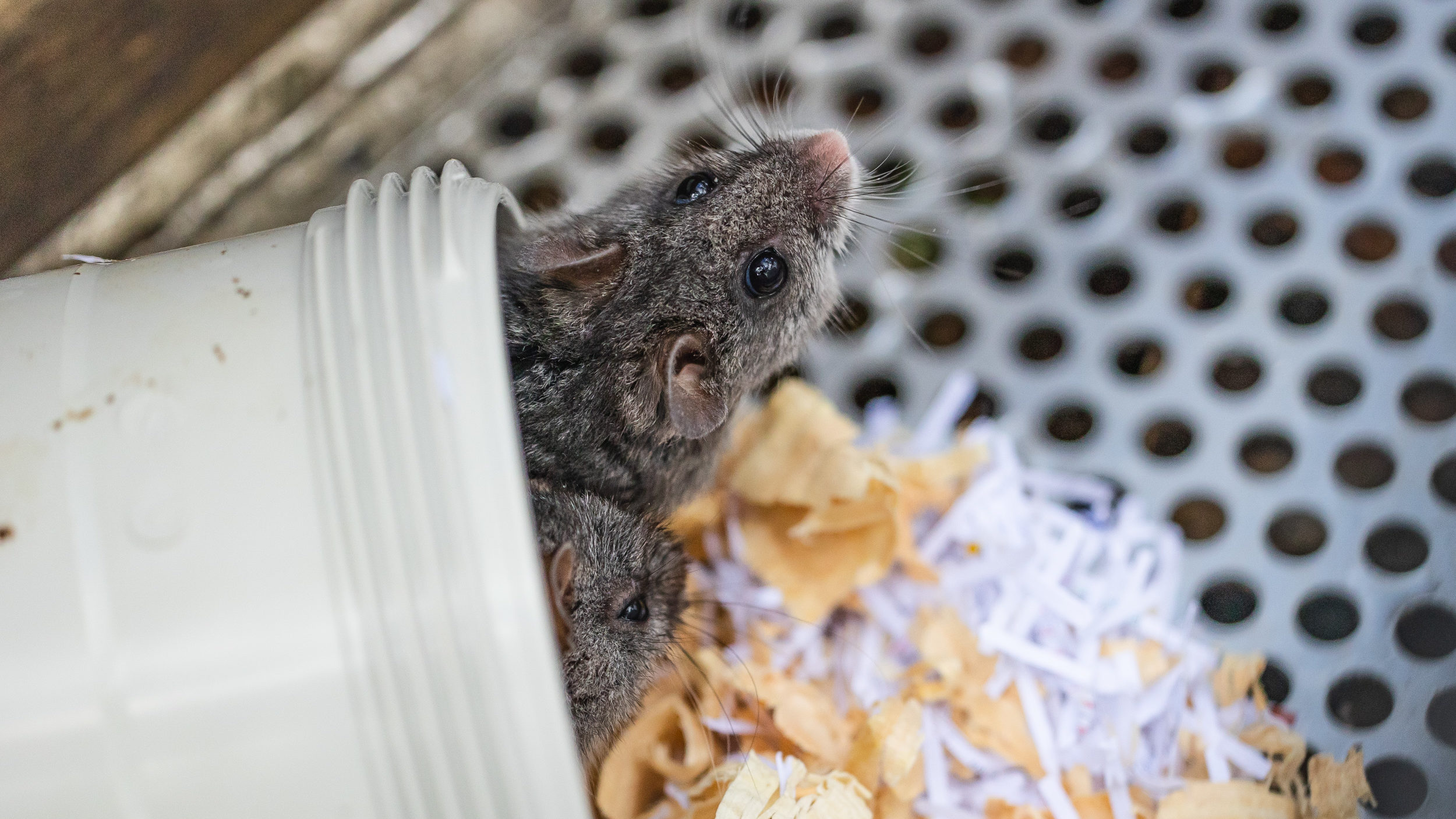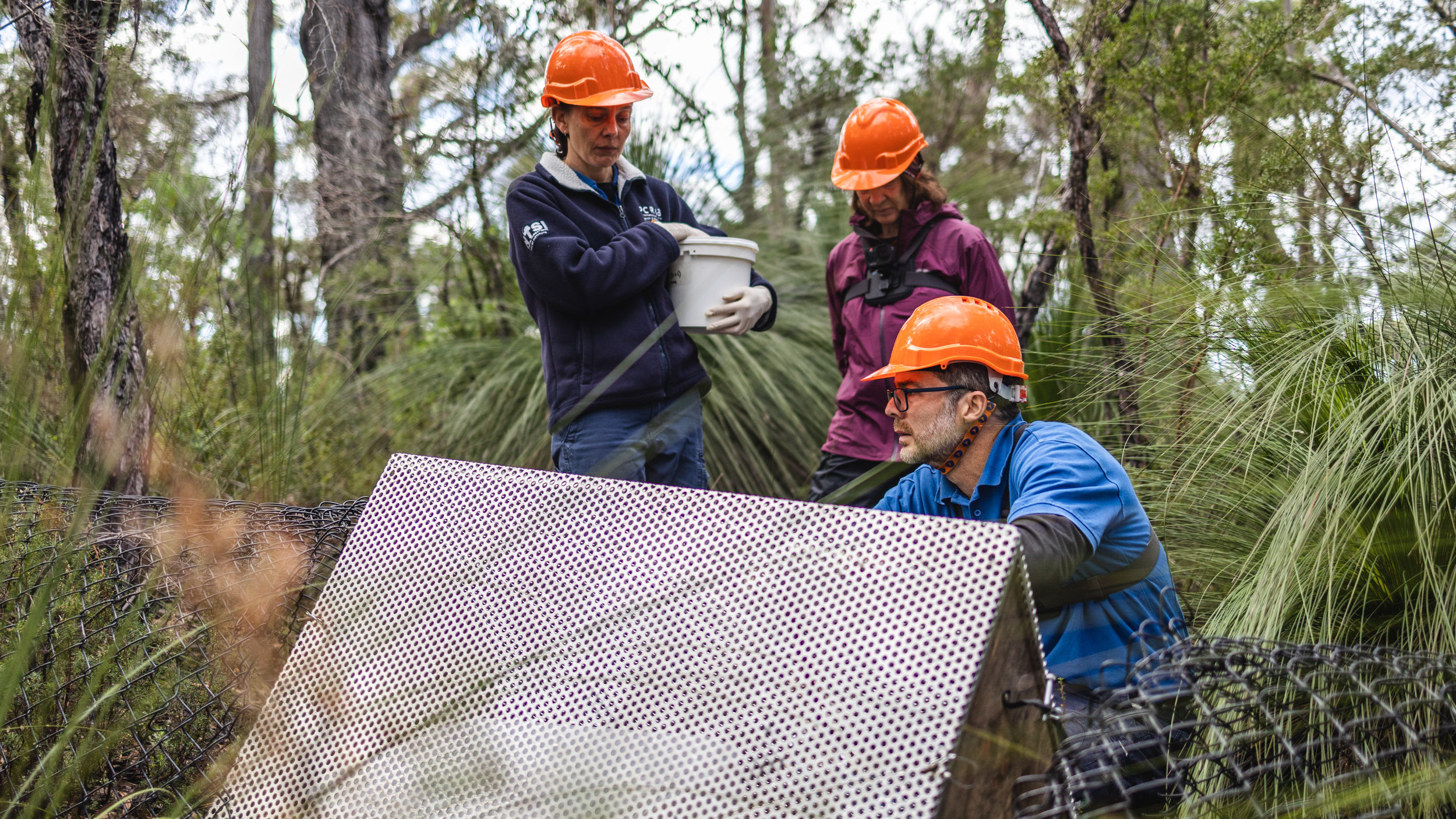Cats away! Now the mice can play

The smoky mouse, a native rodent that’s up to three times the size of the introduced house mouse, was widespread in Australia’s south-eastern forests at the time of European settlement.
But now the species’ total population is thought to number just a few hundred, contained in tiny populations scattered in remnant stands of forest and heath vegetation across New South Wales, Victoria and the ACT.
In New South Wales, where the species is listed as critically endangered, a population surviving in the Nullica area on the NSW far south coast has been providing a source population for a highly-specialised captive breeding program that was established more than five years ago.
Last week 13 young mice from the program were finally released by officers with the NSW Save our Species program at a site in South East Forest National Park, where the species hasn’t been seen for more than 20 years.

Victims of feral cats
The main reason for the dramatic decline of the smoky mouse during the past two centuries has been predation by feral cats and last week’s release only came after an intensive decade-long program to remove the feral predators from the area.
“We’ve been controlling feral cats in the forest there for the past 10 years by trapping and in the past two years the Department of Primary Industries has been working on an experimental study of aerial baiting for cats as well,” said Dr Linda Broome, a NSW Department of Planning and Conservation wildlife ecologist who specialises in small mammals.
“We are hoping that with the intensive trapping that we have been doing and the aerial baiting that we have now reduced cats enough to give these mice a chance, which is why we’ve tried releasing them now.”
This is the first of two planned releases into the same area as part of a program to boost numbers of the mouse in the South East Forest National Park.
Dr Broome said that if a smoky mouse population could be re-established in the area it was expected that there would be major flow-on effects to other species, both plants and animals, in the park.

The mouse eats seeds, fruits and flowers and historically has been a main source of prey for native owl species, which have also suffered drastic population declines at the same time the mouse has disappeared.
“But also, in the winter, smoky mice depend a lot on truffles, and they are important for spreading truffles through the forest, which is vital for forest health,” Dr Broome said.
The released animals will be monitored closely and if they’re shown to survive well, a second release of the critically endangered mice is planned using animals from the captive breeding program.





